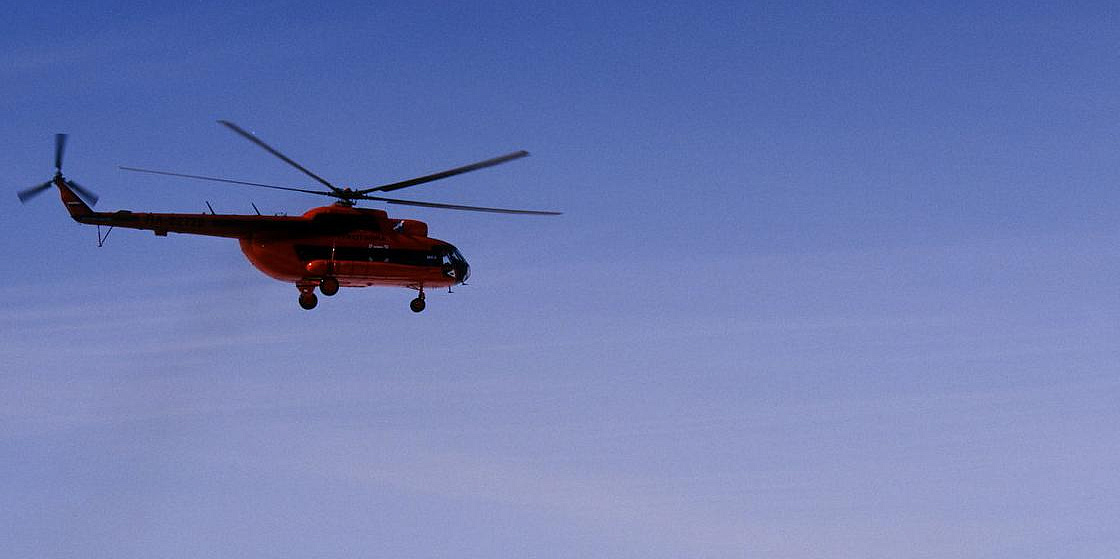
Photo: Afanasiy Makovnev / GeoPhoto
Russia’s State Council Discusses Polar Aviation
On 19 October 2021, the State Council of Russia discussed Polar aviation and small airlines as part of an online session on designing the country’s transport strategy until 2030. Air transport is known to be crucial for the survival of remote communities in the Arctic. However, at present, it is widely regarded as a weak spot in Russia’s transportation network — let us not forget that this issue was raised at the recent government hour on the Arctic held by the Russian Parliament.
According to Vladimir Uyba, the Head of the Komi Republic, the only way to get to this region’s 184 remote Arctic settlements, which are entirely cut off from the rest of the country during autumn freeze-ups and spring break-ups, is by plane. There are only 7 airports left in the region, whilst in 2003, their number exceeded 100. The remaining airports face financial difficulties — mainly due to the need to meet excessive transportation safety requirements imposed by federal law. Revising the transportation safety legislation would help small (yet socially important) airports located in the Arctic to cut their maintenance expenses and thus stay afloat, Uyba said.
Yakutia’s Head Aysen Nikolaev stressed that the fleet of aircraft owned by small/Polar airlines was ageing at a rapid pace. “It is our duty to see that new short- and medium-range planes are made available to small airlines [in the Arctic] as soon as possible”, he stated. While the aircraft industry appears to be lagging behind the schedule, this issue should be addressed in the nearest future, believes Mr. Nikolaev.
In turn, Industry Minister Denis Manturov commented on these concerns as follows. According to the Ministry’s estimates, about 70% of the in-service fleet used by regional air carriers, or a total of about 320 aircraft, should be replaced. The following new types are being (or will be) manufactured:
— 19-seat L-410, in production by Ural Works of Civil Aviation (Yekaterinburg) since 2018;
— 14-seat LMS-901 Baikal (to be certified by 2023);
— 44/48-seat TVRS-44 (serial production to begin in 2025).
In parallel, more and more new planes such as Irkut MC-21 and Sukhoi Superjet are being produced to meet the growing needs of the country’s airlines. Mr. Manturov also stated: “In recent years, a real breakthrough was achieved, with hundreds of Mi-8 and Ansat helicopters supplied to regional hospitals and small airlines”.
Minister Manturov stressed that the regional authorities and small carriers — at least in part — bear responsibility for the poor performance of small airlines and the general state of affairs in the industry. He cited Yakutia as an example of mismanagement, as, in his view, its major regional airline fails to comply with the maintenance requirements applicable to leased aircraft. “In regards to other regions, our cooperation is advancing steadily enough. We count on the [Arctic] regions to keep actively procuring Russian-made aircraft“, the Minister said.
Arctic Today is a column by PORA CEO Alexander Stotskiy analyzing major international, national and regional events and trends in the Arctic.




